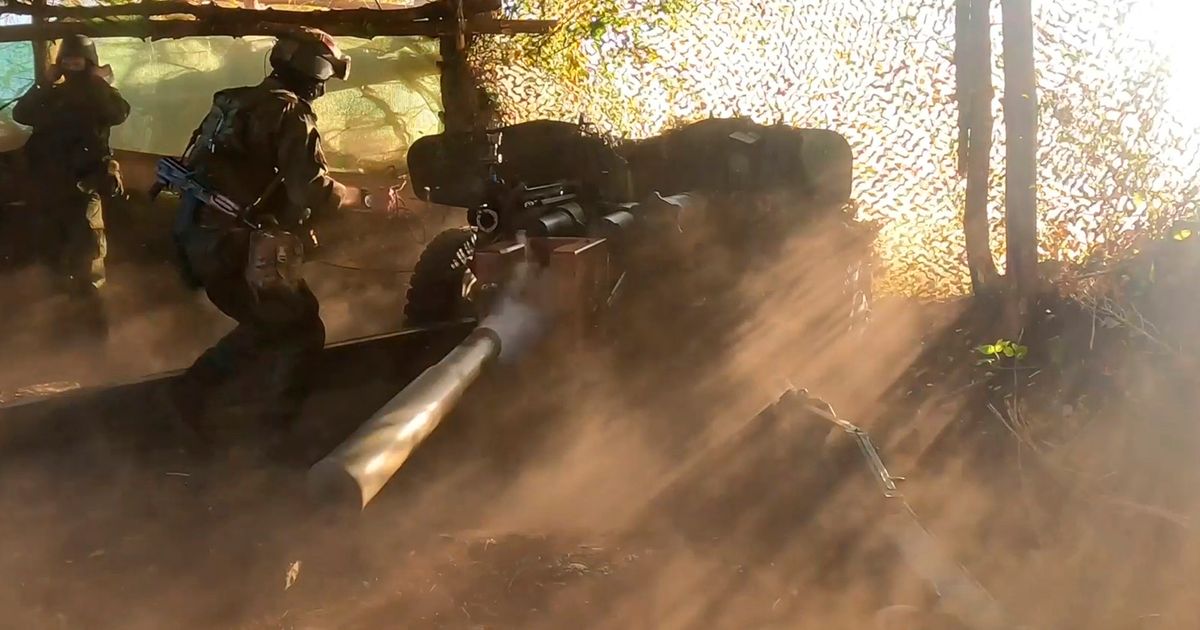In naturally acidic waters near volcanic vent fields off Papua New Guinea’s coast, corals are growing simpler bodies than in a nearby, less acidic area, according to new research. That’s making them less attractive to important fish species. The findings signal what a future marine environment could look like if atmospheric carbon dioxide levels continue to drive more ocean acidification.
About 30% of carbon dioxide in the air is absorbed by the ocean, forming carbonic acid that breaks down into bicarbonate and hydrogen ions. Those hydrogen ions react with the carbonate ions used by corals and shellfish to build their shells and skeletons. With fewer carbonate ions available, corals grow weaker and, in some cases, can even dissolve. Fossil fuel burning has pumped more carbon dioxide into the atmosphere, driving up ocean acidity and threatening these and many other marine species.
“If coral reefs disappear, all associated species will also be lost, even if they aren’t directly affected by ocean acidification.”
“If coral reefs disappear, all associated species will also be lost, even if they aren’t directly affected by ocean acidification,” said Ivan Nagelkerken, a marine ecologist from the University of Adelaide who was part of an international group of scientists whose recent study was published in the Journal of Animal Ecology.
A Dip in Acidic Waters
In June 2018, Nagelkerken and his colleagues spent a week diving around the tropical Pacific islands of Papua New Guinea to study where five species of damselfish—a common fish with multiple habitat preferences—were living.
The researchers chose a site called Upa-Upasina. Previous studies indicated that volcanic vents there release carbon dioxide that affects coral chemistry. These waters have a median pH of 7.77, according to measurements by Nagelkerken and his colleagues, which is similar to global ocean pH projections for the year 2100 under a worst-case emissions scenario. Just 500 meters away, another reef with a median pH of 8.01 reflected conditions that are closer to the current ocean average (8.1), providing a natural comparison.

During the weeklong research trip, the researchers made visual surveys. They found that simpler, mound-like corals dominated the volcanic vents: Corals with branching structures made up less than 2% of the seafloor cover. The simpler bodies of the massive corals reduced the number of nooks and crannies for fish to hide in and nest.
The divers observed 60%–86% fewer of the three most abundant damselfish species at the volcanic vent site, where the mound-like corals dominated, compared with the control site 500 meters away. Despite fewer branching corals near acidic vents, these species still favored these habitats. Footage of two of the damselfish species showed that they even preferred dead branched coral over boulder corals.
“Fish are interested in 3D structures because there are a lot of predators on a coral reef.”
Nagelkerken and his colleagues also conducted experiments by placing individuals from one of the damselfish species in plastic aquariums on the seafloor with the two kinds of corals. Video recordings showed that fish from both the volcanic vent and the control site away from it preferred live and dead branching corals over massive corals.
“Fish are interested in 3D structures because there are a lot of predators on a coral reef,” said Klaus Stiefel, a biologist at Silliman University in the Philippines who was not associated with the research.
Coral reefs, often called the rainforests of the ocean, are crucial breeding grounds for numerous fish species. When coral diversity declines and complex, branched corals are replaced by simpler, nonbranched types, fish struggle to find shelter and evade predators. This shift could have significant impacts on fish populations and coastal communities. “The research reveals that ocean acidification itself will not kill the fish,” Stiefel said. “But it will destroy the corals, reducing fish habitat.”
—Anupama Chandrasekaran (@indiantimbre), Science Writer
This news article is included in our ENGAGE resource for educators seeking science news for their classroom lessons. Browse all ENGAGE articles, and share with your fellow educators how you integrated the article into an activity in the comments section below.





















Discussion about this post